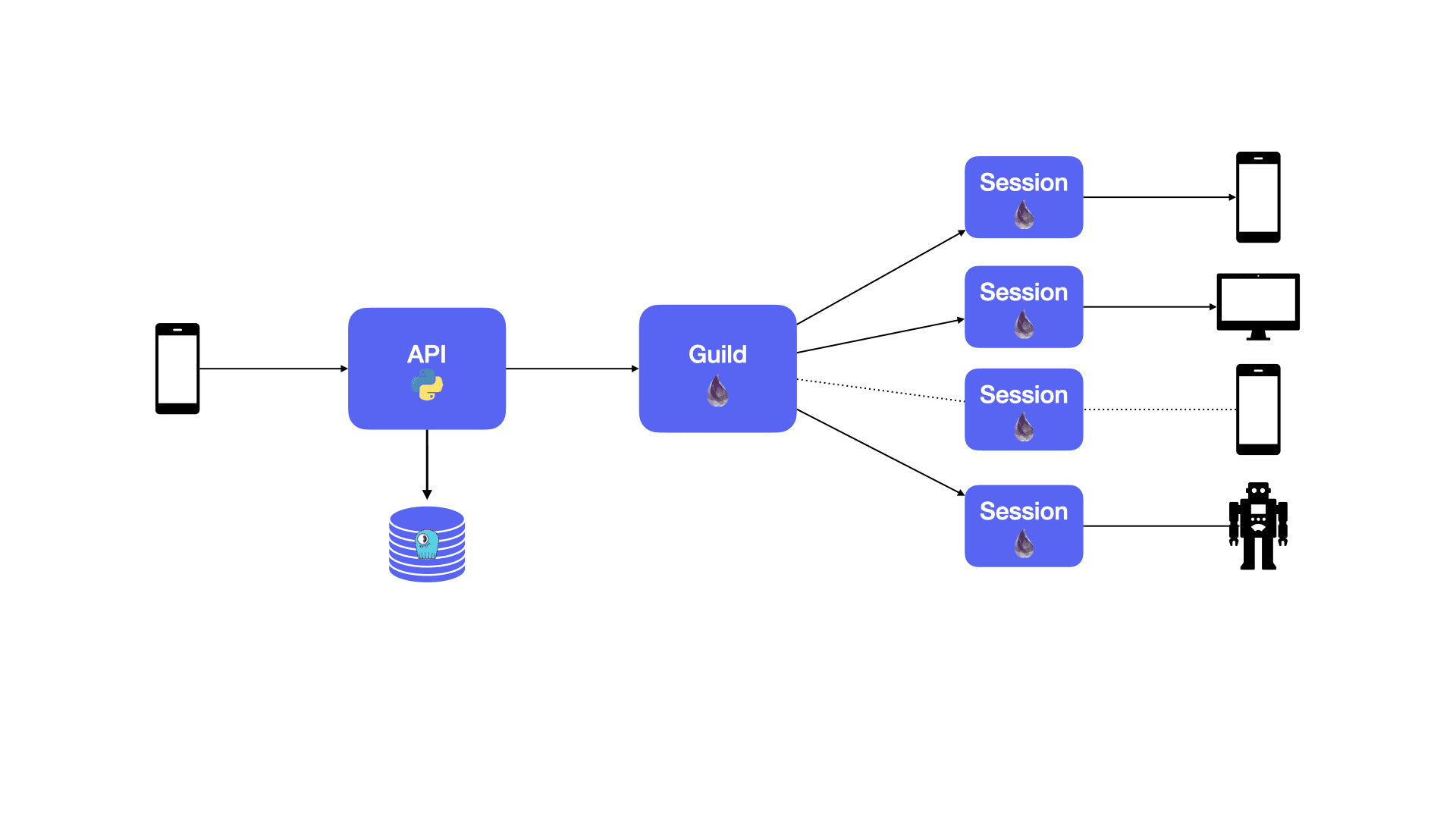This Year | 10 posts
Awesome “iOS Liquid Glass” effect 💧✨ — built with HTML, CSS, and SVG filters!
Here’s what makes it shine:
🔹 SVG <feTurbulence> + <feDisplacementMap> → liquid distortion magic
🔹 backdrop-filter + gradients → sleek glassmorphism
🔹 Interact.js → smooth, draggable interactivity
🔹 Shadows & highlights → that final glossy pop
Say Goodbye to Complex Popover Libraries: Meet the `popover` attribute
For years, we’ve been writing custom JavaScript (or using libraries) just to build tooltips, menus, and floating panels.
Now we can do it with just native HTML — no libraries, no JS.
What makes it special?
- Zero JavaScript required → Pure HTML declarative approach
- Built-in accessibility → Screen reader friendly by default
- Backdrop support → Add overlay effects with just CSS
- Two modes → auto (closes on outside click) & manual (explicit control)
This is one of those small but powerful changes that makes the web feel more modern and reduces boilerplate for everyone.
Have you tried popover in your projects yet?
How Discord Scaled ONE Server to Handle 1+ Million Concurrent Users: Discord's Maxjourney
Discord servers were getting huge, but their system wasn't built for that scale. When lots of people are in a server and everyone is chatting, Discord has to send every message to everyone who can see it. With a million people online, this creates an enormous amount of work - if 1,000 people each send one message, that's 1 million notifications to deliver!
Their Big server Midjourney with 10+ millions of users and 1 million active users, were hittting the breakpoint.
Befor making system better, did analysis to find what guild(server) spend its time and memory on,
In some cases it was just a matter of rewriting an inefficient implementation more efficiently.
Some radical changes were also needed.
1. Passive sessions - avoiding unnecessary work
Most people in huge servers aren't actively looking at chat. So instead of sending everything to everyone, they only send full updates to people actively using that server.
This cut their work by 90%! Around 90% of user connections in large servers were "passive."
2. Relays - splitting fanout across multiple machines
One computer process was handling ALL message distribution for huge servers.
So they created "relays"(helper processes/machines) that sit between the guild and users sessions.
- The guild handles core logic
- Relays handle the heavy lifting of sending updates to users.
A big mistake happened while creating relays. Initially, they gave each relay a complete copy of ALL server members,This wasted massive amounts of memory and made creating new relays take tens of seconds. Fixed this by making each relay only store info about the members it actually serves (about 1% of total members).
3. Worker Processes + ETS
Some operations needed to check ALL members in a server (like @everyone pings). With millions of members, this could freeze the entire server for seconds.
Discord wanted to run these heavy operations in the background while the main server process kept handling messages and user actions. But in their Elixir, processes can't easily share data with each other. So when new process is spawn up, it doesn’t automatically see the guild’s member list, copying millions of members between processes would be too slow and memory-heavy
So they used ETS((Erlang Term Storage), an in-memory database to store members list. Worker processes can access the shared data to handle heavy operations in the background.
4. Manifold Offload
Discord wanted to create a separate "sender" process to handle network communications, instead of having the guild process do it, it will reduce work load of guild and if network connection got slow, it wouldn't affect guild.
When they turned it on, performance got MUCH worse instead of better. Using special tracing tools, they discovered the system's "virtual binary heap" feature was the culprit.
Virtual binary heap is forcing full (GC) Garbage collection, if if too much binary memory is used, to reclaim a couple hundred kilobytes of memory, at the cost of copying a heap which was gigabytes in size.
To fix this they increased "min_bin_vheap_size" to few megabytes.
Once fixed, Manifold Offload worked perfectly, reducing the main process's workload and protecting it from network issues.
These optimizations allowed discord to support 1M+ people chatting in real-time with instant message delivery. No lag. No crashes.

Real time order upation
It's a minimal real-time app using Next.js, Socket.IO, Express.js and PostgreSQL.
Frontend - https://github.com/rizwanc018/real-time-order-tracker-frontend
Backend - https://github.com/rizwanc018/real-time-order-tracker-backend
Don't store decimals in database.
Use integers.
(e.g., store ₹10.99 as 1099 paise).
Avoids rounding errors, keeps precision, and simplifies calculations.